Today (June 28), Hanoi launched the Electronic Health Record platform.
The Electronic Health Record Platform was launched by the Hanoi People's Committee and put into operation on June 28, providing many benefits for people, doctors, and physicians... This is a breakthrough in taking care of the health of Hanoi's people.
Each citizen has an electronic health record that is tracked and stored for life.
According to the Office of the Hanoi People's Committee, the Hanoi Electronic Health Record (Name: EHR - Electric Health Record) is a computerized version of health records created, displayed, updated, stored and shared by electronic means.
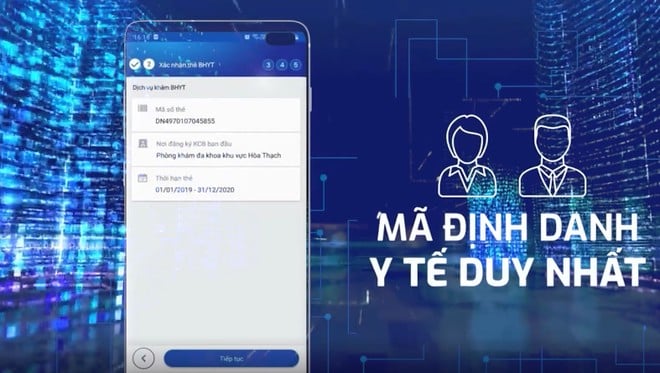 |
| Every Hanoi resident has an electronic health record that is monitored and stored for life. |
Electronic health records record the health care process of a resident living in the capital from birth to death according to the form prescribed by the Ministry of Health .
Each Hanoi citizen has an electronic health record that is monitored and stored for life, managing all activities related to people's health; electronic health records are confidential, only relevant people have access to information; people have the right to decide whether or not to share personal information in the health record.
From the Electronic Health Record, people living in Hanoi can manage their personal health and that of their families on the Electronic Health Book shared on the iHanoi application, aiming to support people in the process of medical examination, treatment and disease prevention.
The Electronic Health Record deployment system consists of 4 main subsystems.
Group 1 - Data collection subsystem and deployment of tools to collect medical examination and treatment data of people from medical examination and treatment facilities in Hanoi and vaccination data (expanded vaccination/Covid-19 vaccination) of people living in the area;
Group 2 - Electronic Health Record Software Subsystem deploys Electronic Health Record Software for medical staff at all levels to serve the management, monitoring, updating, and supervision of people's health information; Connects with National databases such as Population;
Group 3 - Health data mining software subsystem: Deploy the Dashboard system to serve analysis and reporting to the Department of Health and District/City Health Centers on electronic health record data;
Group 4 - Data sharing: Sharing people's health data for the iHanoi people application.
In the coming time, Hanoi will continue to deploy analysis, evaluation, and disease models to assess trends and disease situations in the city, while also researching the integration of major technologies such as BigData and AI into the system, and researching plans to share people's health information to the Smart Healthcare Operation Center and the City's Operation Center.
Hanoi City will also continue to upgrade the API to share people's health data and receive information declared by people from the Electronic Health Book on the iHaNoi application, to support people using the Electronic Health Book to manage their entire family's health, serving the medical examination and treatment of people at medical facilities when using the Electronic Health Book on iHaNoi.
Connect with the Social Insurance Database to receive health data of Hanoi residents who go for health insurance examinations at Central hospitals, Ministry hospitals and at medical examination and treatment facilities located in other provinces and cities...
Many utilities for people and doctors
The pilot implementation of Electronic Health Records and Electronic Health Books brings many benefits. Specifically, people/patients will replace paper medical examination books and paper vaccination books with Electronic Health Books.
Each citizen will have a lifetime electronic health book, from which people can go for medical examination/vaccination anywhere without having to bring a lot of documents with information about previous examination, treatment, and vaccination. People will know and self-manage and update health information of themselves and their family members (parents, children, etc.).
People can also proactively self-assess their personal health risk factors and update basic medical data of themselves and their relatives (weight, height, blood pressure, temperature, etc.) so that people can be proactive in disease prevention and health care; receive advice, guidance on nutrition and treatment advice for people with chronic diseases.
This model also aims to connect with the telemedicine model so that people can proactively seek connections and interact online with hospitals and doctors when they need health care.
This model also brings convenience to doctors and physicians by providing them with complete information about the disease, medical history, and risk factors affecting the patient's health when they come for examination, reducing examination and treatment time.
Doctors can look up test results, diagnoses, prescriptions, and patient medical history from previous visits with the patient's consent...
Source: https://baodautu.vn/hom-nay-286-ha-noi-ra-mat-nen-tang-ho-so-suc-khoe-dien-tu-d218765.html






![[Photo] Close-up of Tang Long Bridge, Thu Duc City after repairing rutting](https://vphoto.vietnam.vn/thumb/1200x675/vietnam/resource/IMAGE/2025/5/19/086736d9d11f43198f5bd8d78df9bd41)
![[Photo] Panorama of the Opening Ceremony of the 43rd Nhan Dan Newspaper National Table Tennis Championship](https://vphoto.vietnam.vn/thumb/1200x675/vietnam/resource/IMAGE/2025/5/19/5e22950340b941309280448198bcf1d9)













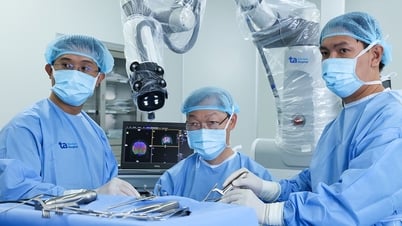
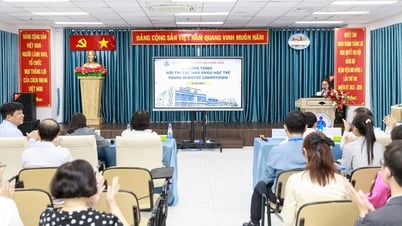
![[Video] Hanoi proactively implements measures to prevent and combat summer diseases](https://vphoto.vietnam.vn/thumb/402x226/vietnam/resource/IMAGE/2025/5/20/262ca87643ef4b8e88ae1006cbbf3b0f)

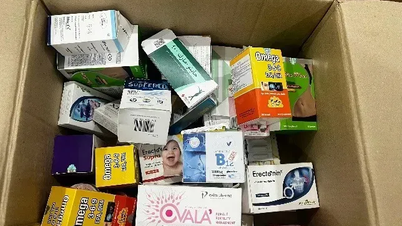












![[Photo] President Luong Cuong presents the 40-year Party membership badge to Chief of the Office of the President Le Khanh Hai](https://vphoto.vietnam.vn/thumb/1200x675/vietnam/resource/IMAGE/2025/5/19/a22bc55dd7bf4a2ab7e3958d32282c15)










































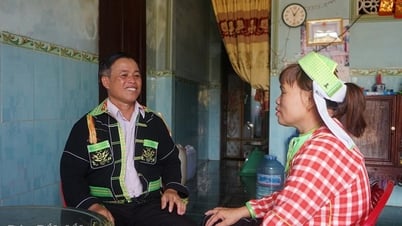

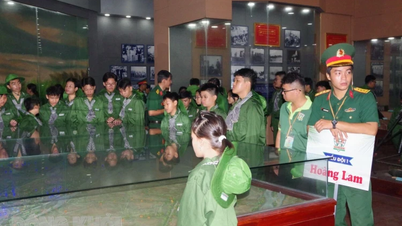





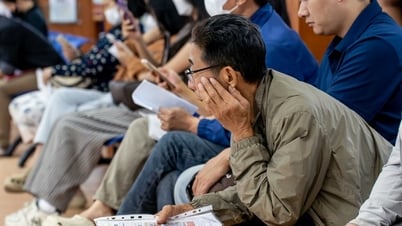

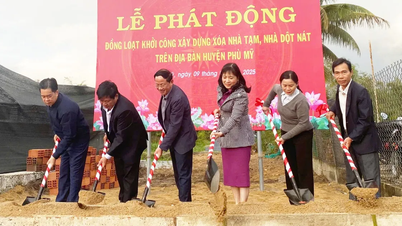







![[VIDEO] - Enhancing the value of Quang Nam OCOP products through trade connections](https://vphoto.vietnam.vn/thumb/402x226/vietnam/resource/IMAGE/2025/5/17/5be5b5fff1f14914986fad159097a677)


Comment (0)